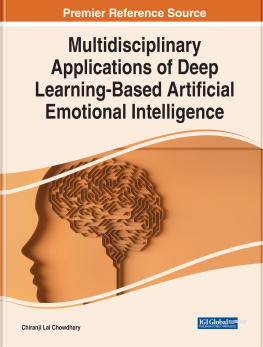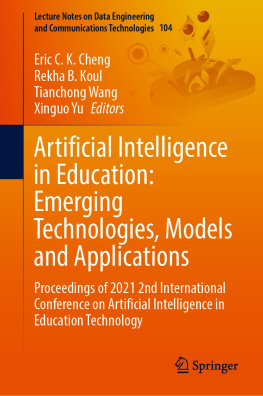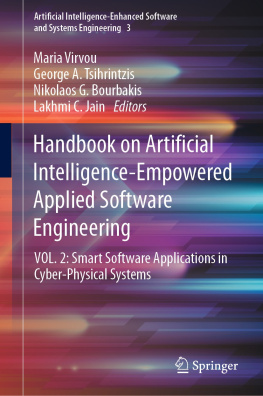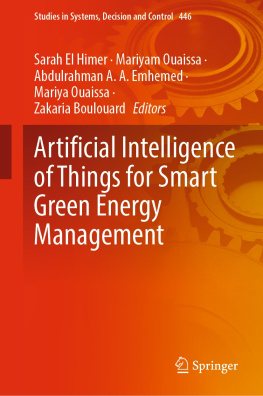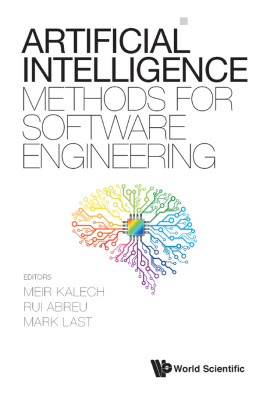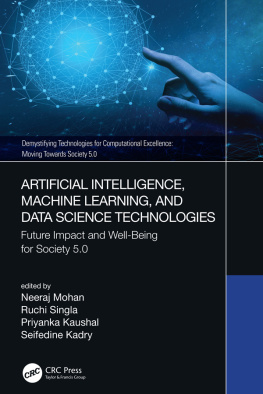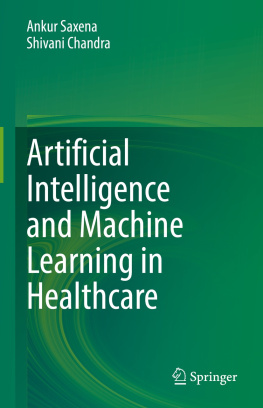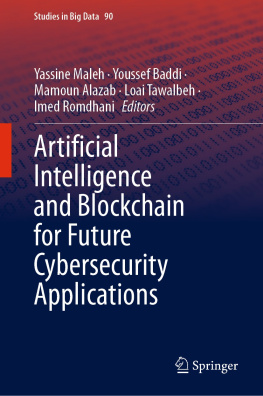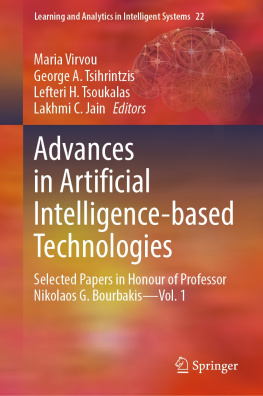From Prof. P. Kaliraj:
First and foremost, I express my sincere gratitude to Honble Shri. Banwarilal Purohit, governor of Tamil Nadu, India, who was instrumental in organizing the conference on Innovating Education in the era of Industry 4.0 during 1415 Dec. 2019 in Ooty, which paved the way for further work in the Industry 4.0 knowledge world.
My heartfelt thanks go to Honble Chief Minister of Tamil Nadu, India, and Honble Minister for Higher Education, Government of Tamil Nadu. I thank Principal Secretary to Government, Higher Education Department, Government of Tamil Nadu.
I would like to express my thanks to Secretary to Governor, and Deputy Secretary to Governor, Universities Governor's Secretariat, Raj Bhavan, Chennai.
I thank my wife Dr. Vanaja Kaliraj and family members for their support and being patient.
From Prof. T. Devi:
I record my sincere thanks to Prof. P. Kaliraj, Honble vice-chancellor of Bharathiar University, who identified the gap in the knowledge world when the professor searched for a book on Industry 4.0 and triggered the process of writing and editing books in the Industry 4.0 series. His continuous motivation during the lockdown period due to COVID-19, sensitization, and encouragement are unmatchable.
I express my profound thanks to the vice-chancellor and registrar for the administrative support. Heartfelt thanks are due to the authors of the chapters for their contributions, continuous co-operation in improvizing the chapters as and when requested, and for timely communication. I thank all the expert members who served as reviewers for providing a quality and swift review.
We wish to thank Mr. John Wyzalek, senior acquisitions editor, Taylor & Francis/CRC Press, who believed in the idea of this book and helped us in realizing our dream.
Special thanks are due to Mr. Todd Perry, production editor, Taylor & Francis/CRC Press, Florida, for his excellent co-ordination and Mr. Manmohan Negi, Project Manager, MPS Ltd., for his untiring and swift support.
Thanks are due to Dr. R. Rajeswari, associate professor, Department of Computer Applications for her continuous support; Sister Italia Joseph Maria and Ms. M. Lissa, project assistants, for providing earnest support.
Thanks to the faculty members Prof. M. Punithavalli, Dr. T. Amudha, Dr. J. Satheeshkumar, Dr. V. Bhuvaneswari, Dr. R. Balu, and Dr. J. Ramsingh.
Thanks to the assistant technical officers Mr. A. Elanchezian, Mr. A. Sivaraj, Mrs. B. Priyadarshini, and office staff Mr. A. Kalidas of the Department of Computer Applications of Bharathiar University, India.
Thanks are due to Mrs. K. Kowsalya, assistant registrar; Mr. R. Karthick, assistant section officer; and Mr. A. Prasanth of the office of the vice-chancellor and staff of the office of the Registrar of Bharathiar University, India.
I thank my husband Mr. D. Ravi, daughter Mrs. R. Deepiga, son Mr. R. Surya, son-in-law Mr. D. Vishnu Prakhash and grandson V. Deera and family members for their encouragement and support.
*****
T. Amudha
Associate Professor, Department of Computer Applications, Bharathiar University, Coimbatore, India
DOI: 10.1201/9781003175865-1
CONTENTS
Evolutionary changes are common in the universe, starting from the first species reported on the earth millions of years before to the species referred to as human. These evolutionary changes include physical, structural, morphological, behavioral, and mental variations. The theory of evolution also indicates a volumetric change in the brain of the species, making the species hold identical behavior from other species. The brain is an interconnected structure of millions of neurons where communication between these neurons will decide humans internal and external behavior. The sense is another significant factor that discriminates one species from the other, even every human from another human. The five senses of human beings are touch, vision, taste, hear, and smell, and the so-called sixth sense is proprioception, which means realizing self-movement and position of the body. All these senses have a strong association with the human brain.
Darwins theory of evolution states that Way of successfully completing the work or the work done smartly instead of simply completing the work will play a vital role in discriminating a person from others in terms of his/her own thinking and intelligence. Such intelligent thinking and behavior in humans are still unpredictable, whereas birds and animals exhibit their smartness through the survival of the fittest theory. For example, ants have their style of constructing the shortest path from their food source to nest. Human beings considered to have superior skills than ants follow the ant path construction method for deciding an efficient path to solve critical path-based problems. Similarly, humans can also widely adopt swarm intelligence to identify and optimize the solutions for numerous issues.
, the same work is done smartly with minimum human resources using the machine.

Figure 1.1 (a) Ant behavior, (b) smart ant behavior, (c) swarm of bees, and (d) swarm of fish.

Figure 1.2 (a) Hard work and (b) smart work.
The latest buzzword in the industry is the projection and migration of industry with the support of man, machine, and automation which is referred to as INDUSTRY 4.0. Forthcoming sections will detail artificial intelligence, which is an essential factor in Industry 4.0, its history, components, AI environment, and applicability in different domains.
Intelligence is a fascinating term that is the best fit for debate since it involves the human brain, mind, involvement, logical thinking, understanding, and applicability. The level of intelligence varies from person to person in terms of how they perceive and perform actions. In general, intelligence can be well defined as an individuals capability to do things effectively by using their own knowledge, interpretation, and insight. The term artificial intelligence (AI) was coined by John McCarthy, a Stanford University emeritus professor of computer science, and he defines it as the science and engineering of making intelligent machines, particularly intelligent software programs. The field of AI is mostly associated with the mission of using computers to study the intelligence and associated decision-making skills of a human ().
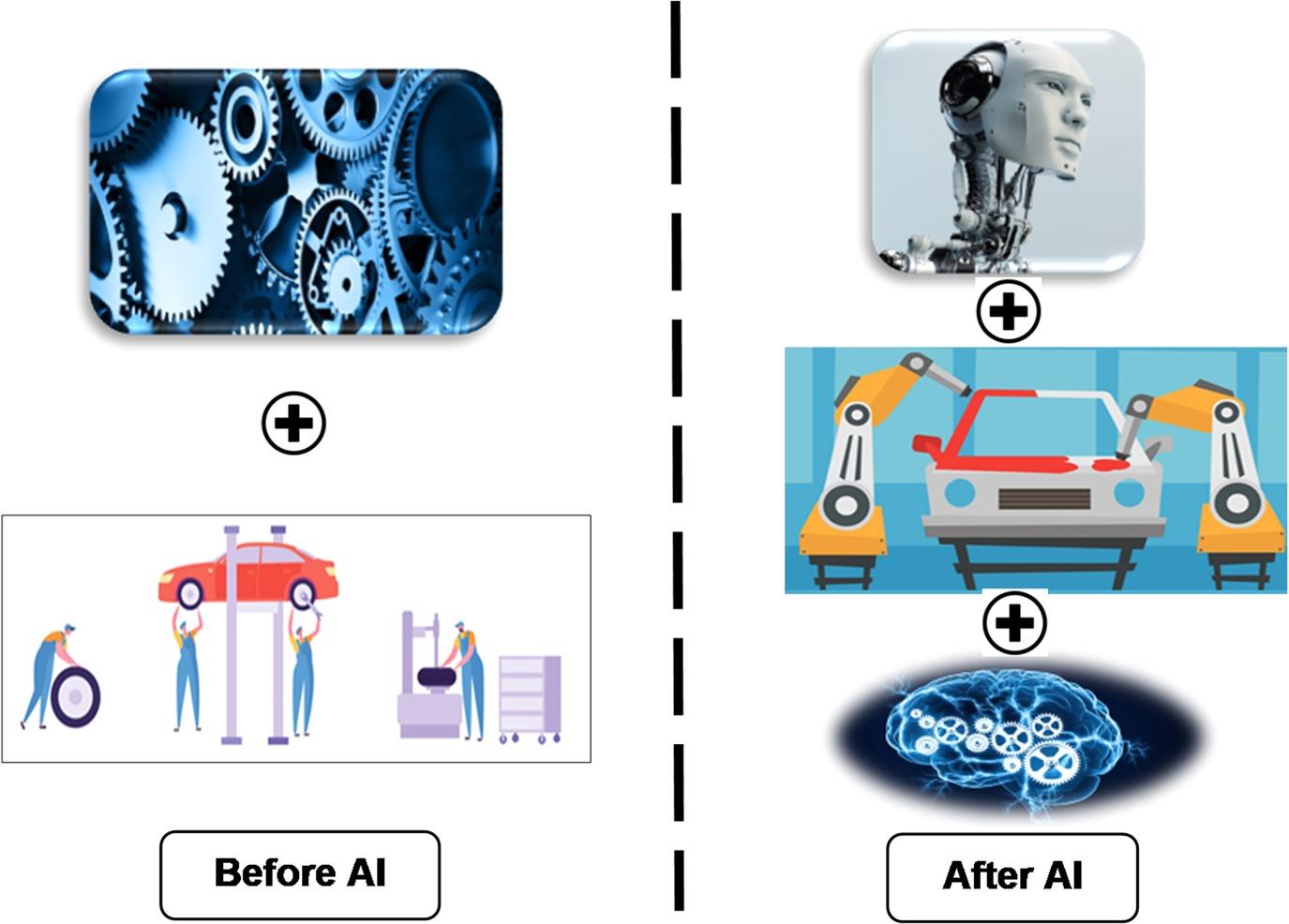
Figure 1.3 Industrial scenario before and after AI.
AI is the study of agents, either softbots or robots that perceive the environment, think rationally and act accordingly like a human. In certain aspects, AI is the study to simulate the intelligence of humankind. AI aims to make machines observe and learn from people and solve problems or learn from the existing problem-solving techniques (). Rather, AI is also involved in learning real-world problems which are highly challenging and finding novel solutions through experience. Researchers in AI are always instrumental in framing methods to solve highly complex problems beyond human ability and skill.
Even though humans made various innovations towards industrial and technological revolutions, human resources for such material production at different manufacturing units always poses a bigger challenge due to various factors such as financial constraints, inadequate manpower, human rights, etc. Hence, there is a dire need for these industries to move towards intelligent machinery and this intelligence injected in machines made another stepping stone in the industrial revolution also referred to as


